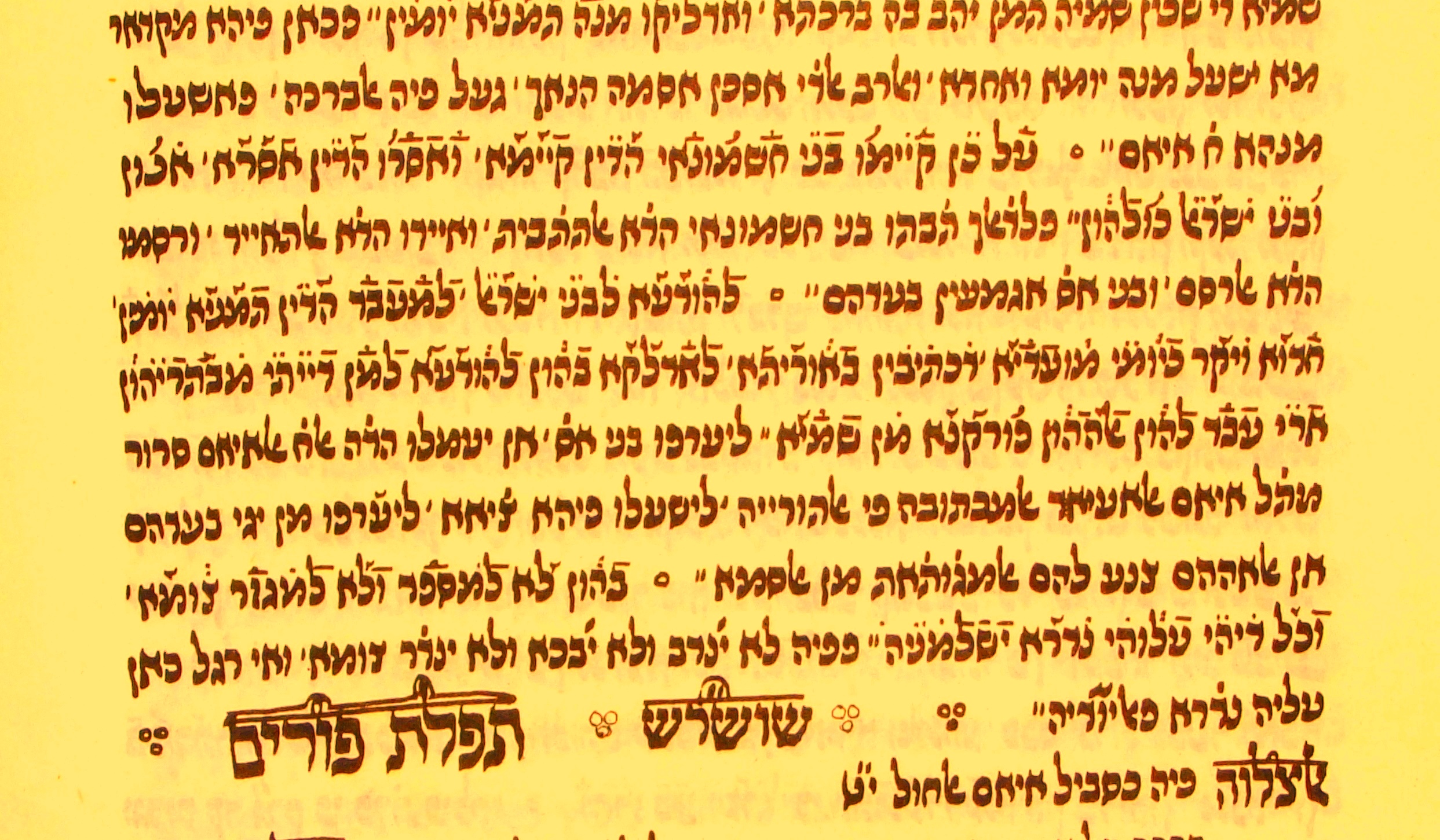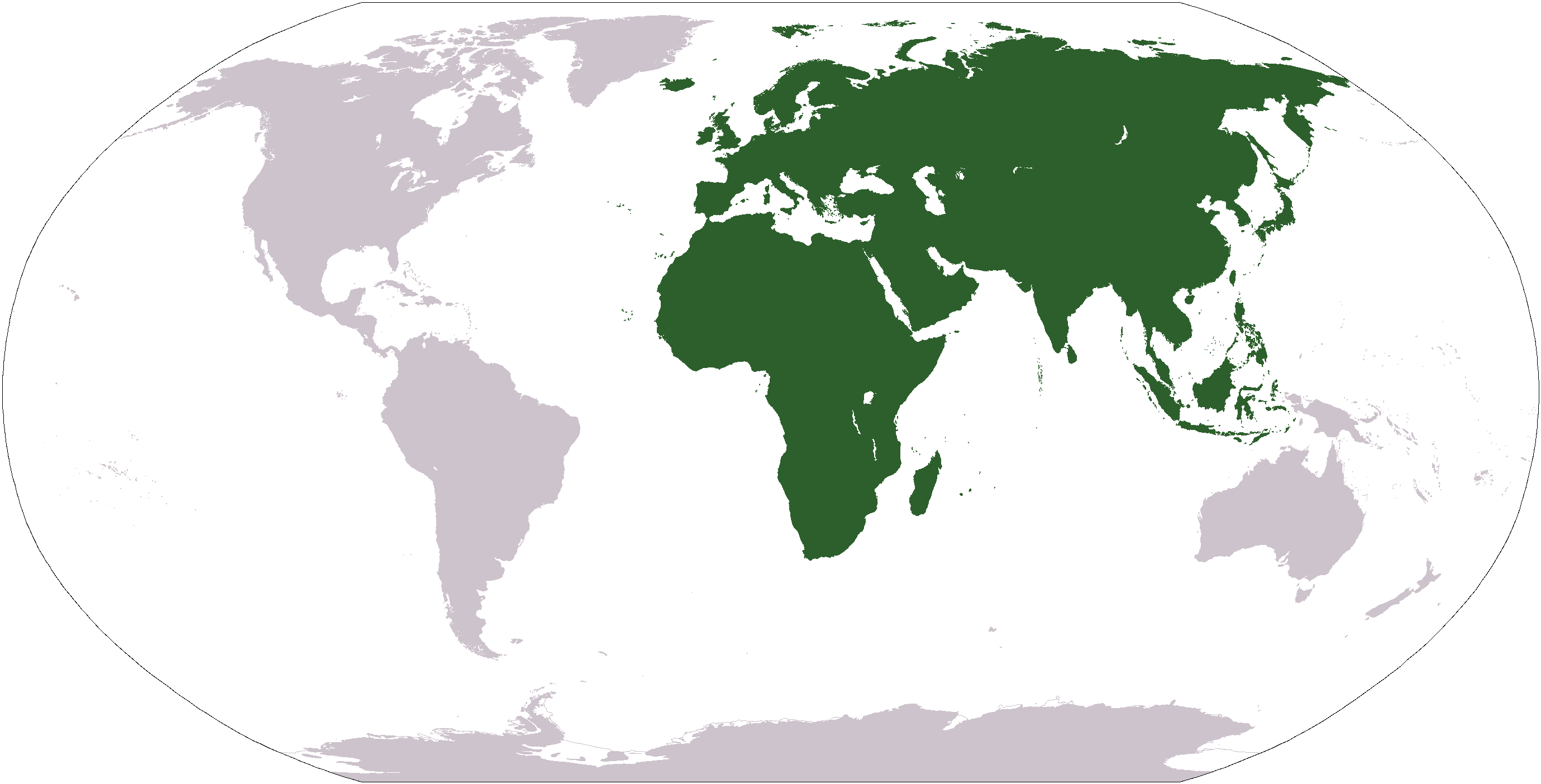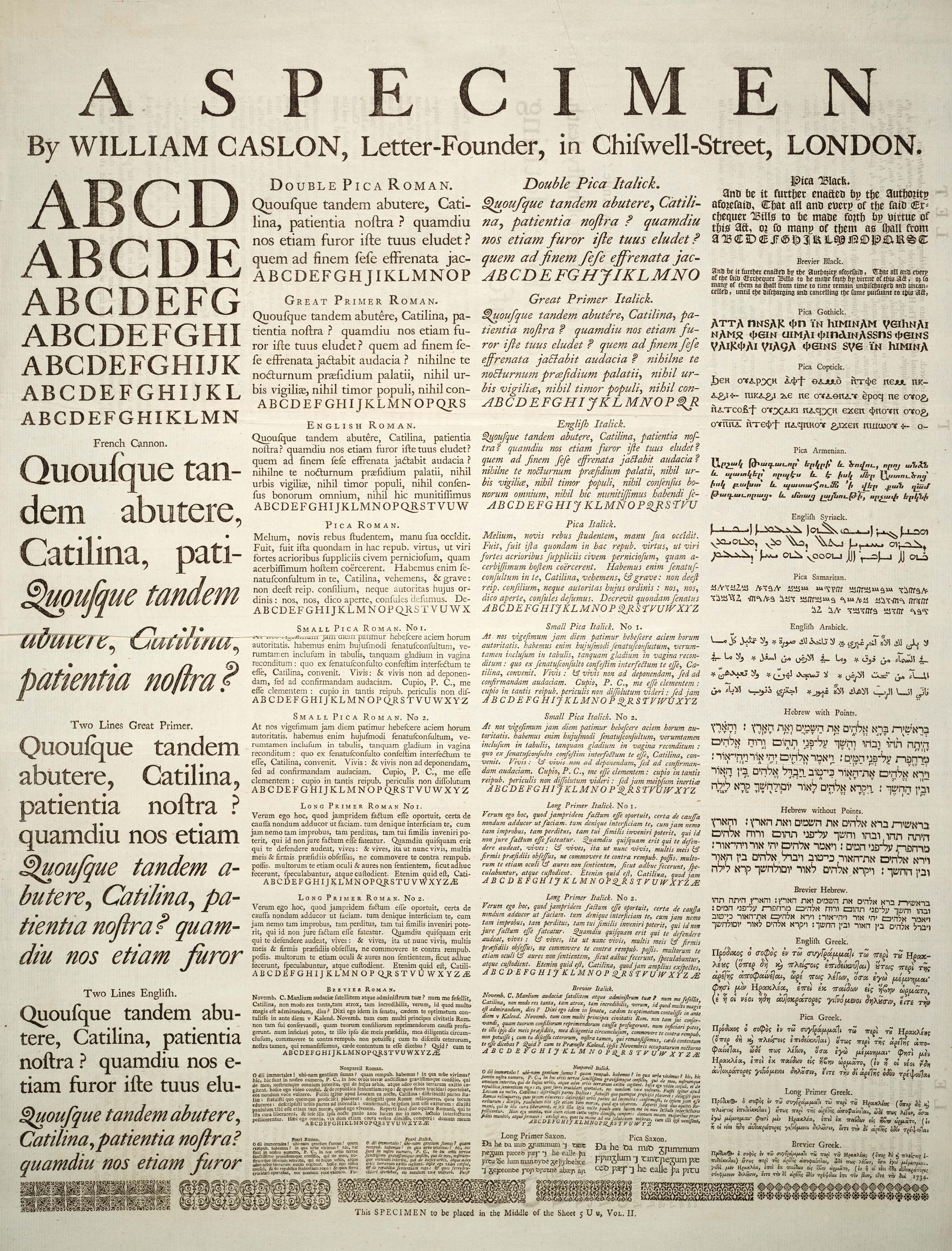|
Philip Birnbaum
Philip Birnbaum (; March 30, 1904 – March 19, 1988) was an American religious author and translator. He is best known for his work ''Ha-Siddur ha-Shalem'', a translation and annotation of the Siddur first published in 1949. Biography Birnbaum was born in Kielce, Poland and emigrated to the United States in 1923. He attended Howard College and received his Ph.D. from Dropsie College. He served for several years as the principal of a Jewish day school in Wilmington, Delaware, and directed Jewish schools in Birmingham, Alabama, and Camden, New Jersey. He was a regular columnist and book reviewer for the Hebrew-language weekly '' Ha-Doar''. He also served on the board of directors of the Histadrut Ivrit b'America, an American association for the promotion of Hebrew language and culture. His works include translations (with annotation and introductory material) of the Siddur (first published in 1949), the Machzor, the Torah with Haftorot, and the Passover Haggadah (published by ... [...More Info...] [...Related Items...] OR: [Wikipedia] [Google] [Baidu] |
Kielce
Kielce (, yi, קעלץ, Keltz) is a city in southern Poland, and the capital of the Świętokrzyskie Voivodeship. In 2021, it had 192,468 inhabitants. The city is in the middle of the Świętokrzyskie Mountains (Holy Cross Mountains), on the banks of the Silnica River, in the northern part of the historical Polish province of Lesser Poland. Kielce has a history back over 900 years, and the exact date that it was founded remains unknown. Kielce was once an important centre of limestone mining and the vicinity is famous for its natural resources like copper, lead and iron, which, over the centuries, were exploited on a large scale. There are several fairs and exhibitions held in Kielce throughout the year. The city and its surroundings are also known for their historic architecture, green spaces and recreational areas like the Świętokrzyski National Park. In sports, the city is known as the home of the top-tier handball club, multiple Polish Champion and one-time EHF Champion ... [...More Info...] [...Related Items...] OR: [Wikipedia] [Google] [Baidu] |
Torah
The Torah (; hbo, ''Tōrā'', "Instruction", "Teaching" or "Law") is the compilation of the first five books of the Hebrew Bible, namely the books of Genesis, Exodus, Leviticus, Numbers and Deuteronomy. In that sense, Torah means the same as Pentateuch or the Five Books of Moses. It is also known in the Jewish tradition as the Written Torah (, ). If meant for liturgic purposes, it takes the form of a Torah scroll (''Sefer Torah''). If in bound book form, it is called '' Chumash'', and is usually printed with the rabbinic commentaries (). At times, however, the word ''Torah'' can also be used as a synonym for the whole of the Hebrew Bible or Tanakh, in which sense it includes not only the first five, but all 24 books of the Hebrew Bible. Finally, Torah can even mean the totality of Jewish teaching, culture, and practice, whether derived from biblical texts or later rabbinic writings. The latter is often known as the Oral Torah. Representing the core of the Jewish spir ... [...More Info...] [...Related Items...] OR: [Wikipedia] [Google] [Baidu] |
The Forward
''The Forward'' ( yi, פֿאָרווערטס, Forverts), formerly known as ''The Jewish Daily Forward'', is an American news media organization for a Jewish American audience. Founded in 1897 as a Yiddish-language daily socialist newspaper, ''The New York Times'' reported that Seth Lipsky "started an English-language offshoot of the Yiddish-language newspaper" as a weekly newspaper in 1990. In the 21st century ''The Forward'' is a digital publication with online reporting. In 2016, the publication of the Yiddish version changed its print format from a biweekly newspaper to a monthly magazine; the English weekly paper followed suit in 2017. Those magazines were published until 2019. ''The Forward''s perspective on world and national news and its reporting on the Jewish perspective on modern United States have made it one of the most influential American Jewish publications. It is published by an independent nonprofit association. It has a politically progressive editorial ... [...More Info...] [...Related Items...] OR: [Wikipedia] [Google] [Baidu] |
American Jews
American Jews or Jewish Americans are American citizens who are Jewish, whether by religion, ethnicity, culture, or nationality. Today the Jewish community in the United States consists primarily of Ashkenazi Jews, who descend from diaspora Jewish populations of Central and Eastern Europe and comprise about 90–95% of the American Jewish population. During the colonial era, prior to the mass immigration of Ashkenazi Jews, Sephardic Jews who arrived via Portugal represented the bulk of America's then-small Jewish population, and while their descendants are a minority today, they, along with an array of other Jewish communities, represent the remainder of American Jews, including other more recent Sephardi Jews, Mizrahi Jews, Beta Israel-Ethiopian Jews, various other ethnically Jewish communities, as well as a smaller number of converts to Judaism. The American Jewish community manifests a wide range of Jewish cultural traditions, encompassing the full spectrum of Jewish ... [...More Info...] [...Related Items...] OR: [Wikipedia] [Google] [Baidu] |
Synagogue
A synagogue, ', 'house of assembly', or ', "house of prayer"; Yiddish: ''shul'', Ladino: or ' (from synagogue); or ', "community". sometimes referred to as shul, and interchangeably used with the word temple, is a Jewish house of worship. Synagogues have a place for prayer (the main sanctuary and sometimes smaller chapels), where Jews attend religious Services or special ceremonies (including Weddings, Bar Mitzvahs or Bat Mitzvahs, Confirmations, choir performances, or even children's plays), have rooms for study, social hall(s), administrative and charitable offices, classrooms for religious school and Hebrew school, sometimes Jewish preschools, and often have many places to sit and congregate; display commemorative, historic, or modern artwork throughout; and sometimes have items of some Jewish historical significance or history about the Synagogue itself, on display. Synagogues are consecrated spaces used for the purpose of Jewish prayer, study, assembly, ... [...More Info...] [...Related Items...] OR: [Wikipedia] [Google] [Baidu] |
Conservative Judaism
Conservative Judaism, known as Masorti Judaism outside North America, is a Jewish religious movement which regards the authority of '' halakha'' (Jewish law) and traditions as coming primarily from its people and community through the generations moreso than from any divine revelation. It therefore views ''halakha'' as both binding and subject to historical development. The Conservative rabbinate employs modern historical-critical research, rather than only traditional methods and sources, and lends great weight to its constituency when determining its stance on matters of practice. The movement considers its approach as the authentic and most appropriate continuation of ''halakhic'' discourse, maintaining both fealty to received forms and flexibility in their interpretation. It also eschews strict theological definitions, lacking a consensus in matters of faith and allowing great pluralism. While regarding itself as the heir of Rabbi Zecharias Frankel's 19th-century Posit ... [...More Info...] [...Related Items...] OR: [Wikipedia] [Google] [Baidu] |
Koren Siddur
The Koren Siddur refers to a family of siddurim published by Koren Publishers Jerusalem beginning in 1981.http://www.korenpub.com/siddur/siddurcatalog.pdf Eliyahu Koren began work on a new prayerbook in the 1970s. Koren created Koren Book Type for the project. Rather than allow the text to run continuously across page turns, Koren maintained lines and paragraphs within individual pages. He set individual sentences line by line, according to their meaning. The result was a prayerbook published in 1981. The siddur became one of the most widely used Hebrew-only prayerbooks. In 2009, Koren Publishers Jerusalem introduced a new Hebrew/English edition of the Koren Siddur, the ''Koren Sacks Siddur'' (below), with an introduction, translation, and commentary by the Orthodox Ashkenazi Chief Rabbi of the United Hebrew Congregations of the Commonwealth, Lord Jonathan Sacks. More recently, Koren Publishers Jerusalem released the ''Koren Shalem Siddur'', which built upon both the previously re ... [...More Info...] [...Related Items...] OR: [Wikipedia] [Google] [Baidu] |
Artscroll
ArtScroll is an imprint of translations, books and commentaries from an Orthodox Jewish perspective published by Mesorah Publications, Ltd., a publishing company based in Rahway, New Jersey. Rabbi Nosson Scherman is the general editor. ArtScroll's first president, Rabbi Meir Zlotowitz (July 13, 1943 – June 24, 2017) was succeeded by his oldest son, Rabbi Gedaliah Zlotowitz, whose name is listed secondarily in new publications as general editor, after that of Rabbi Scherman. History In 1975, Rabbi Meir Zlotowitz, a graduate of Mesivtha Tifereth Jerusalem, was director of a high-end graphics studio in New York. The firm, ArtScroll Studios, produced ketubahs, brochures, invitations, and awards. Rabbi Nosson Scherman, then principal of Yeshiva Karlin Stolin Boro Park, was recommended to Zlotowitz as someone who could write copy, and they collaborated on a few projects. In late 1975, Zlotowitz wrote an English translation and commentary on the Book of Esther in memory ... [...More Info...] [...Related Items...] OR: [Wikipedia] [Google] [Baidu] |
Megillat Antiochus
''Megillat Antiochus'' ( he, מגילת אנטיוכוס - "The Scroll of Antiochus"; also "Megillat HaHashmonaim", "Megillat Benei Hashmonai", "Megillat Hanukkah", "Megillat Yoḥanan", "Megillat HaMakabim" or "Megillah Yevanit") recounts the story of Hanukkah and the history of the victory of the Maccabees (or Hasmoneans) over the Seleucid Empire. It is distinct from the Books of the Maccabees, which describe some of the same events. History Early texts of the work exist in both Aramaic and Hebrew, but the Hebrew version is a literal translation from the Aramaic original. It was written somewhere between the 2nd and 5th centuries, with the greater likelihood of it having been composed in the 2nd century. The Hebrew version dates to the 7th century. The work is first mentioned by Simeon Kayyara (ca. 743 CE) in ''Halakhot Gedolot'', wherein he claims that the scroll was compiled by the "elders of the School of Shammai and the elders of the School of Hillel". Saadia Gaon (882 ... [...More Info...] [...Related Items...] OR: [Wikipedia] [Google] [Baidu] |
Old World
The "Old World" is a term for Afro-Eurasia that originated in Europe , after Europeans became aware of the existence of the Americas. It is used to contrast the continents of Africa, Europe, and Asia, which were previously thought of by their inhabitants as comprising the entire world, with the "New World", a term for the newly encountered lands of the Western Hemisphere, particularly the Americas. Etymology In the context of archaeology and world history, the term "Old World" includes those parts of the world which were in (indirect) cultural contact from the Bronze Age onwards, resulting in the parallel development of the early civilizations, mostly in the temperate zone between roughly the 45th and 25th parallels north, in the area of the Mediterranean, including North Africa. It also included Mesopotamia, the Persian plateau, the Indian subcontinent, China, and parts of Sub-Saharan Africa. These regions were connected via the Silk Road trade route, and they hav ... [...More Info...] [...Related Items...] OR: [Wikipedia] [Google] [Baidu] |
Typeface
A typeface (or font family) is the design of lettering that can include variations in size, weight (e.g. bold), slope (e.g. italic), width (e.g. condensed), and so on. Each of these variations of the typeface is a font. There are thousands of different typefaces in existence, with new ones being developed constantly. The art and craft of designing typefaces is called '' type design''. Designers of typefaces are called '' type designers'' and are often employed by '' type foundries''. In desktop publishing, type designers are sometimes also called ''font developers'' or ''font designers''. Every typeface is a collection of glyphs, each of which represents an individual letter, number, punctuation mark, or other symbol. The same glyph may be used for characters from different scripts, e.g. Roman uppercase A looks the same as Cyrillic uppercase А and Greek uppercase alpha. There are typefaces tailored for special applications, such as cartography, astrology or mathematics ... [...More Info...] [...Related Items...] OR: [Wikipedia] [Google] [Baidu] |
Archaism
In language, an archaism (from the grc, ἀρχαϊκός, ''archaïkós'', 'old-fashioned, antiquated', ultimately , ''archaîos'', 'from the beginning, ancient') is a word, a sense of a word, or a style of speech or writing that belongs to a historical epoch long beyond living memory, but that has survived in a few practical settings or affairs. Lexical archaisms are single archaic words or expressions used regularly in an affair (e.g. religion or law) or freely; literary archaism is the survival of archaic language in a traditional literary text such as a nursery rhyme or the deliberate use of a style characteristic of an earlier age—for example, in his 1960 novel '' The Sot-Weed Factor'', John Barth writes in an 18th-century style. Archaic words or expressions may have distinctive emotional connotations—some can be humorous (''forsooth''), some highly formal (''What say you?''), and some solemn (''With thee do I plight my troth''). A distinction between archaic and obs ... [...More Info...] [...Related Items...] OR: [Wikipedia] [Google] [Baidu] |


.jpg)




